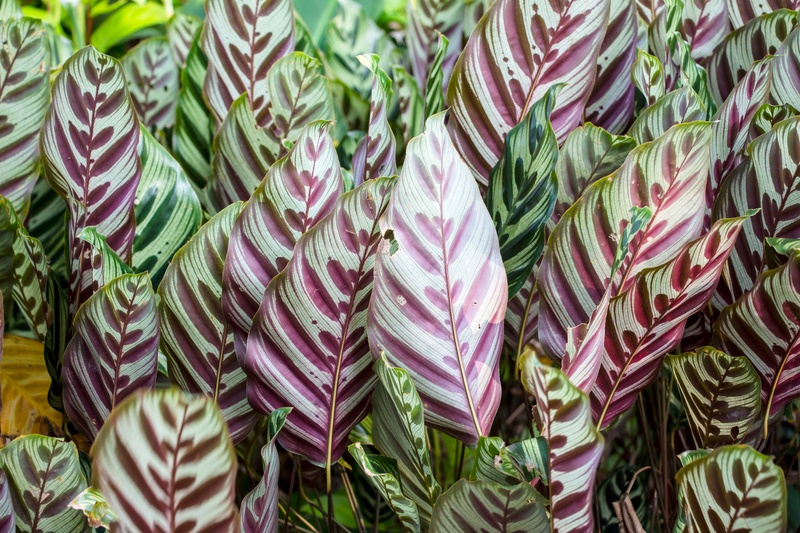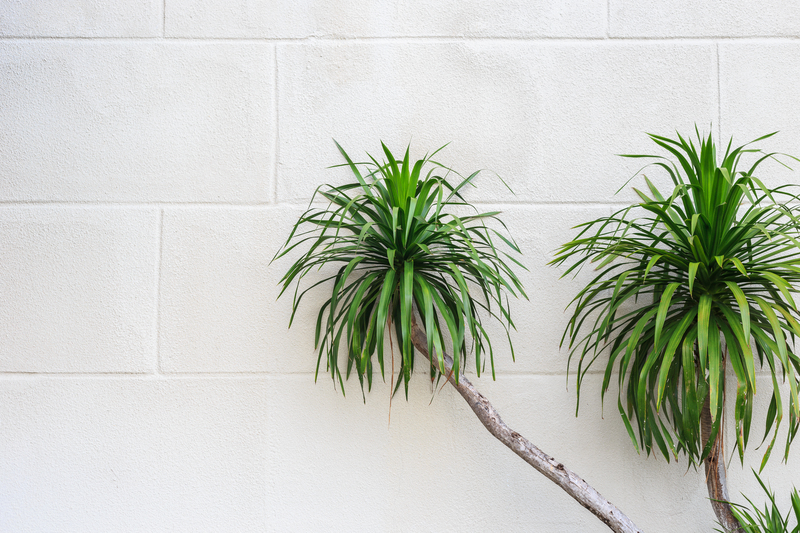Garden Tips for Dealing with Wind
Posted on 17/04/2025
Gardening is a delightful activity that brings joy, peace, and a touch of nature to our daily lives. However, dealing with wind can be a significant challenge for gardeners. Strong winds can damage plants, dry out the soil, and make gardening less enjoyable. This article will provide you with practical tips and strategies for safeguarding your garden against the adverse effects of wind.
Understanding the Impact of Wind on Your Garden
Before delving into the tips, it's essential to understand how wind affects your garden. Wind can cause physical damage to plant structures, increase transpiration (water loss), and contribute to soil erosion. By recognizing these effects, you'll be better prepared to implement effective solutions.

Choose Wind-Resistant Plants
Opt for plants that are naturally resistant to wind. For instance, trees and shrubs with flexible branches are less likely to break in high winds. Plants such as ornamental grasses, sedums, and coreopsis are good choices because they are typically hardy.
Utilize Windbreaks
Windbreaks are barriers designed to reduce the wind's speed before it reaches your plants. You can create windbreaks using trees, shrubs, or even constructed barriers like fences or walls. Plant tall, dense hedges around the perimeter of your garden to act as a natural windbreak. Alternatively, install a lattice or solid fence to shield more exposed areas.
Strategic Garden Layout
Design your garden layout in a way that minimizes wind exposure. Place taller plants or structures on the windward side of your garden to protect shorter, more fragile plants. Utilize staggered planting, where plants are arranged in a zigzag pattern, to disrupt wind flow and reduce its speed.
Avoid Large, Flat Surfaces
Large, flat surfaces such as lawns can exacerbate wind issues by providing a clear path for the wind to travel. Incorporate varied landscaping elements like raised beds, berms, and rock gardens to break up the airflow and protect your garden.
Anchor and Support Plants
Support delicate plants with stakes, trellises, or cages to prevent wind damage. Be sure to tie plants securely but not too tightly to allow for some movement, which helps strengthen their stems. For larger plants, use strong stakes driven deep into the ground, and tie the plant in multiple places along its stem.
Mulching
Mulching helps protect soil from erosion and retains moisture, which is crucial in windy conditions. Apply a thick layer of organic mulch around your plants to prevent the wind from drying out the soil. Mulch also helps to keep plant roots insulated and stable.
Water Plants Adequately
Wind increases the rate of evaporation and can quickly dry out the soil. Ensure your plants are well-watered, especially during windy periods. Using a drip irrigation system can be beneficial as it delivers water directly to the plant roots, minimizing evaporation.
Create Microclimates
By planting in clusters and using structures like arbors or pergolas, you can create microclimates that offer plants some respite from the wind. These smaller, protected areas can help sensitive plants thrive despite windy conditions.
Pros and Cons of Wind in the Garden
Pros:
- Wind can help pollinate certain plants by blowing pollen from one plant to another.
- It can aid in controlling certain pests and diseases by drying out excess moisture.
- Wind can also provide natural air circulation, reducing fungal growth.
Cons:
- Strong winds can break stems, leaves, and branches, causing significant damage to plants.
- Wind increases evaporation, leading to dry soil and water stress for plants.
- It can also contribute to soil erosion, losing valuable topsoil needed for plant growth.

Takeaways
- Understand how wind affects your garden and choose wind-resistant plants.
- Utilize windbreaks and strategic garden layouts to minimize wind exposure.
- Avoid large, flat surfaces and create varied landscaping elements.
- Anchor and support plants and use mulch to protect soil.
- Ensure plants are adequately watered and consider creating microclimates for added protection.
Conclusion
Gardening in windy conditions can be challenging, but with the right strategies, you can protect your plants and create a thriving garden. By implementing windbreaks, choosing the right plants, and taking steps to mitigate the effects of wind, you'll ensure your garden remains beautiful and productive. Remember, the goal is to work with nature, not against it, to cultivate a garden that withstands the elements and provides joy throughout the seasons.



